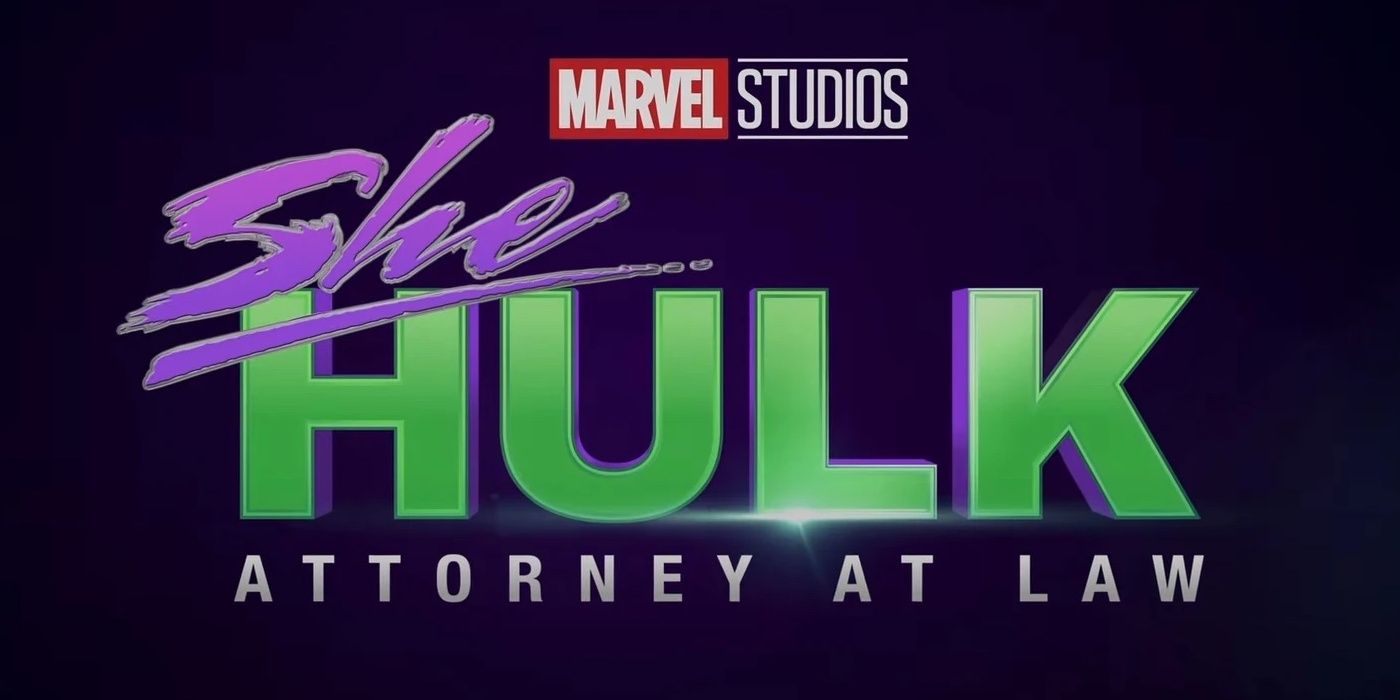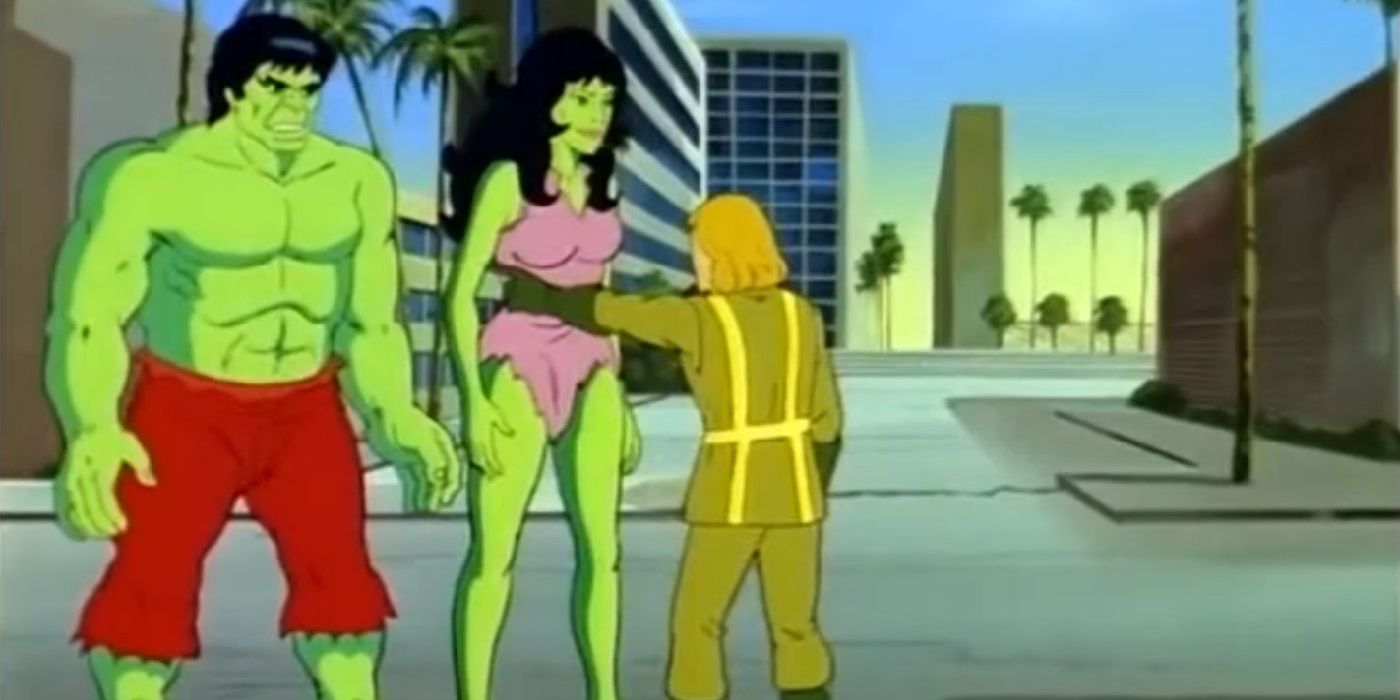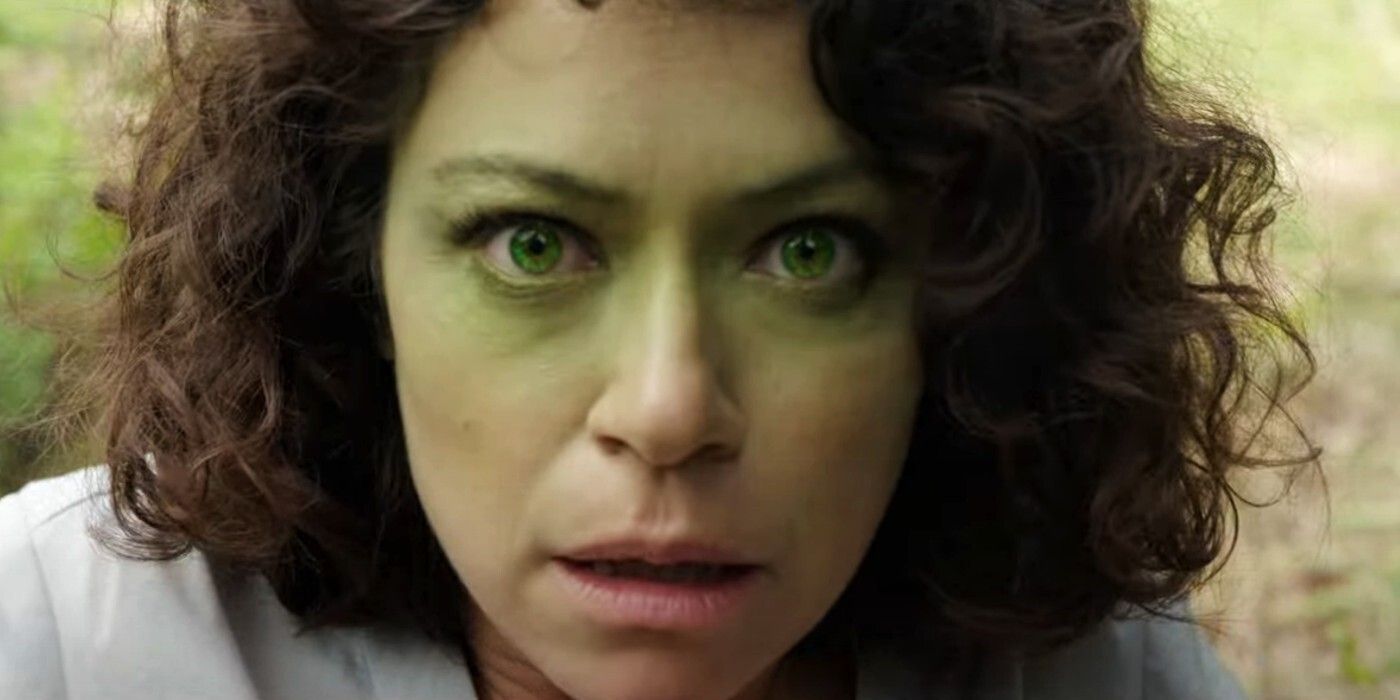The appearance of She-Hulk headlining her own series for the Marvel Cinematic Universe speaks to the depth of the comic company’s bench. Like a number of other MCU heroes, she has few precedents outside the franchise, and while she’s been a staple in the comics for decades, finding her anywhere else can be trickier than it seems. Part of the excitement of the ongoing MCU is seeing how characters like She-Hulk make their entrance into the franchise now that its first wave of heroes is gone or retired.
She-Hulk: Attorney at Law is the first live-action appearance of Jennifer Walters, but she’s been slightly more prolific in animation. Most of her cartoon versions have been attached to her cousin The Incredible Hulk, and as such strike a markedly different tone than the breezy, upbeat affair She-Hulk: Attorney at Law promises to be. In fact, her very first appearance outside the comics was a far more somber affair, which is doubly strange because it came from a straight-up Saturday morning cartoon.
The Incredible Hulk animated series debuted in 1982, and was packaged with Spider-Man and His Amazing Friends, which had debuted the previous year. It was notable for adopting the same tragic tone of the Lou Ferrigno live-action series, despite adhering much closer to the comics in the details. That included a version of the Hulk’s origins very close to Incredible Hulk #1 in 1962, as well as characters like Rick Jones and Thunderbolt Ross who were nowhere to be seen in the Ferrigno show. Stan Lee provided voice-over narration for the series in his usual inimitable fashion.
However, the darkness of Bruce Banner’s story remained. While the show’s version of the Hulk possessed limited speech and could sometimes be reasoned with, he was largely a force of destruction, with Banner spending many episodes in a futile effort to cure his condition. He invariably failed, leaving the Hulk – and the chaos he brings – just one rage spike away.
Jennifer Walters entered the series in that context: presenting the hope of a cure for Banner’s condition that goes disastrously wrong. Her origins were similar to the comics (and will presumably be adopted in some form by the new She-Hulk show as well). Banner gave her a blood transfusion following an accident that gave her a portion of his powers. She could control the change, for starters, and retained her personality and intellect in her new form. Banner and Rick arrived hoping to be able to duplicate the process.
The episode appeared during a simpler period of storytelling for comics. The She-Hulk was in her “savage” era, and the episode played her little different from any other superhero. Banner finds her in the midst of a protracted battle with HYDRA, along with a vague mandate to do good with her powers and typical clichés surrounding secret identities and the like. And yet, she proved unable to help her cousin. A brief series of experiments appeared to succeed, giving the Hulk Banner’s personality and mind, but it proved a temporary condition. He soon reverted to a mindless savage again, and ultimately turned on She-Hulk during their final battle with HYDRA.
It's a far cry from what the new She-Hulk promises, and indicative of how much the character has changed in the interim. John Byrne hadn’t started his celebrated run on the comics when the animated series first ran, and She-Hulk appears to draw heavily from it for inspiration. Yet the cartoon – ostensibly for kids and with a much more simplistic storyline – proved much darker than the ostensibly more adult She-Hulk promises to be. She was still very much in her cousin’s shadow at that time, something even a children’s cartoon had to acknowledge. She-Hulk reflects how much she’s become her own character, and how different she appears as a result.
She-Hulk: Attorney at Law premieres on Disney+ on August 17.



